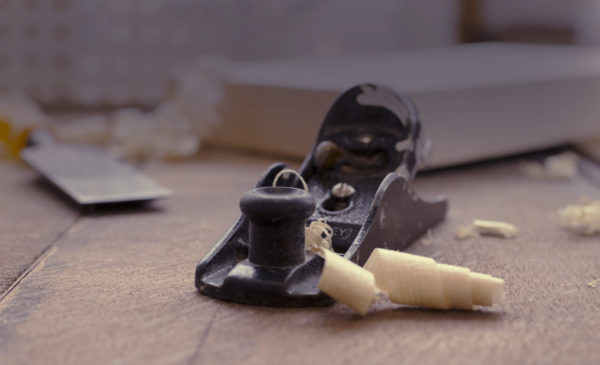No matter what you do, it’s likely that you have to generate ideas. Pastors have to generate creative ways to preach every week. Teachers have to come up with lesson plans that will draw interest from students. If you live in the corporate or entrepreneurial world there’s always a need to generate ideas for marketing, innovating, or team-building.

Here are 10 quick ways to generate an idea:
- Keep your eyes open. Like the picture you see above, there is inspiration all around you. Be mindful throughout the course of each day for creativity. When you see, read, or hear something, jot it down on a piece of paper or record it on your smart phone.
- Read. There are ideas in blogs, books, and magazines. Read something new every day.
- Get outside. On the mornings I ride my bike on a tree-lined trail I see the sun rising, there is water foul and wildlife all around, and there are runners and bicyclists that join me. I’m alone with my thoughts and inspired by what I experience.
- Watch TV. There are stories in sporting events, documentaries on Netflix, and inspirational pieces on shows like CBS Sunday Morning.
- Listen to podcasts. Redeem your time in the car by learning. Some of my favorites include Michael Hyatt’s podcast, Entreleadership, and EOFire.
- Sit down in front of a blank screen. There’s nothing like a white screen with the curser blinking to get you thinking. (I’m a poet and I don’t even know it.)
- Collaborate. Other people are often willing to brainstorm with you when you need it. People love to share their particular wisdom and knowledge. They may come at it form a perspective completely different than yours.
- Google. Type in a few key words and see what comes up.
- Scroll through your Social Media feeds. There are ideas galore in Instagram, Twitter, and Facebook.
- Take a break. If you’re working hard and pressing to come up with a creative thought, sometimes a simple break to participate in something mindless is just the ticket for that next brilliant idea.
What ideas do you have for quickly generating new ideas?









